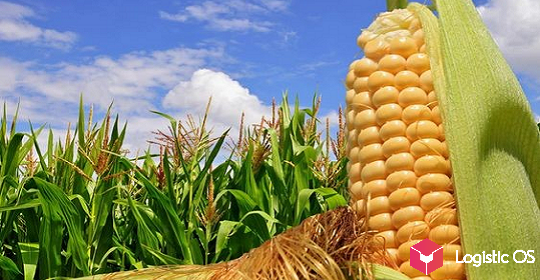Russia entered the new season with large surpluses of wheat, although they have decreased compared to last year.
Experts estimate these reserves as 29 million tons as of September 1. This means that nothing prevents the country from maintaining high export rates.
At the same time, this is 9% less than a year ago. Active exports last season were one of the reasons for this.
Exporters managed to achieve very good results, despite the objective difficulties that arose, including due to sanctions.
In addition, this year’s harvest, although good, was noticeably smaller than the previous one.
According to experts, this time the Russian Federation managed to collect 92 million tons of wheat, while a year ago this figure was at 104 million tons.
At the same time, grain reserves are distributed very unevenly throughout the country.
In the southern regions, near the Black Sea ports, there are significantly fewer of them.
But in the central part of the country, especially in the Volga region, there are more of them, since there are problems with transport and logistics.
In addition, harvesting is underway in some regions right now.
What will exports be like in the coming season?
There are different opinions on this matter. The Ministry of Agriculture, for example, talks about 49 million tons of wheat, which is 2 million tons more than last year.
However, other experts name even more significant values. For example, the general director of the analytical company ProZerno, Vladimir Petrichenko, believes that exports this year may be even higher than in the previous one, and precisely due to high carryover stocks.
Petrichenko believes that nothing prevents Russia from exporting up to 50 million tons of wheat and up to 64 million tons of grain in general.
At the same time, last season exports were at the level of 60 million tons, the expert noted.
At the same time, there is a danger that Russian exporters may not deliver about 1 million tons this month due to the fact that insufficiently attractive low prices have formed on the market at the moment.
Therefore, exports for October are likely to be no more than 4.5 million tons, while in September they were at the level of 5.5 million tons, and last October – 4.9 million tons.
If Russia becomes less active in exporting grain, then there is another risk, experts warn.
High inventories already put a lot of pressure on prices, especially in those regions where a lot of grain has accumulated.
The more it remains within the country, the greater the losses for farmers and exporters and the more prices on the Russian market will fall.

